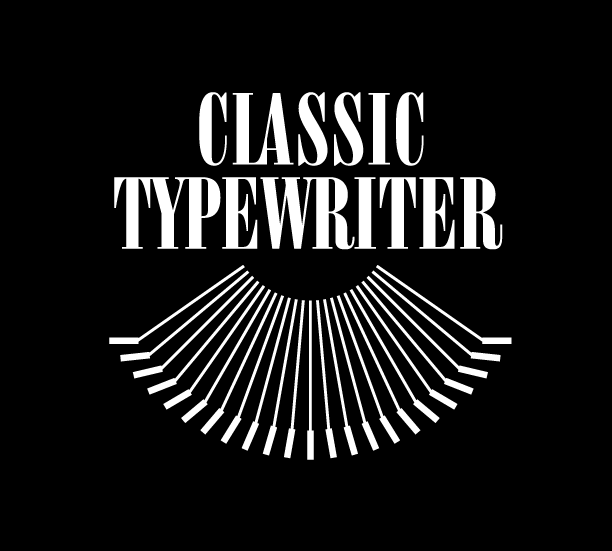Typewriters. A Manifesto
Yes, typewriters are, in part, relics of the past. But they are more than that. They are a viable tool for writers.
“Typewriters used to be the symbol of efficiency and standardization and impersonality. Now they’ve come to mean just the opposite.” —Richard Polt
Typewriter poetry has taken Instagram by storm in recent years, creating bestsellers out of young writers with a typewriter and a dream.
I could list the great writers that used typewriters to create their greatest work, but that would get tedious. Suffice it to say, many of them are still pounding away today. Quentin Tarantino penned some of his greatest movies on a portable typewriter. Danielle Steel, the bestselling author alive, has written more than 100 books — all on her trusty 1946 Olympia manual typewriter. Cormac Mcarthy wrote some of the era-defining literature on his trusty Lettera 32 typewriter. And Thomas Pynchon, the reclusive author and arguably one of the greatest novelists alive, relies on manual typewriters for his masterworks. Woody Allen has written cinematic masterpieces on his trusty portable early 50’s Olympia SM3 for the past half a century.
